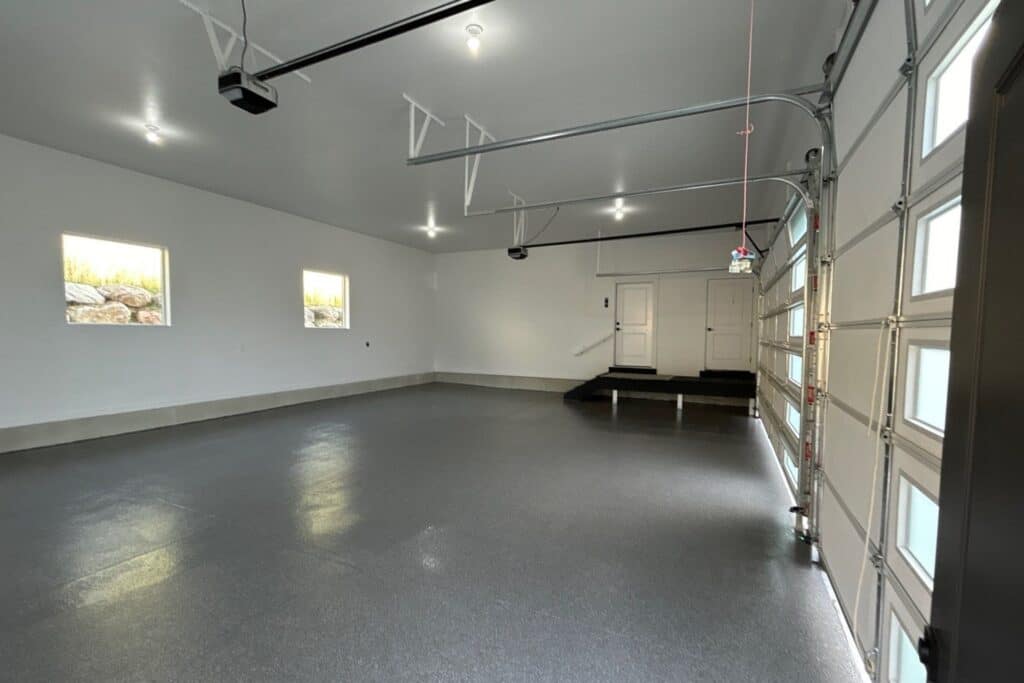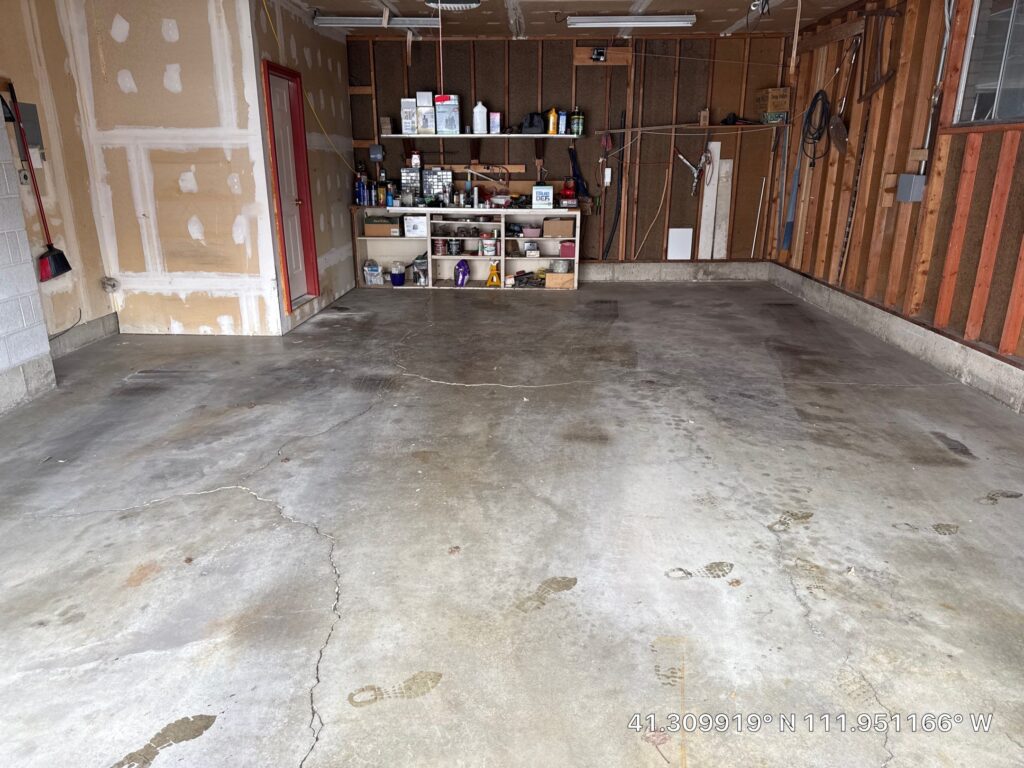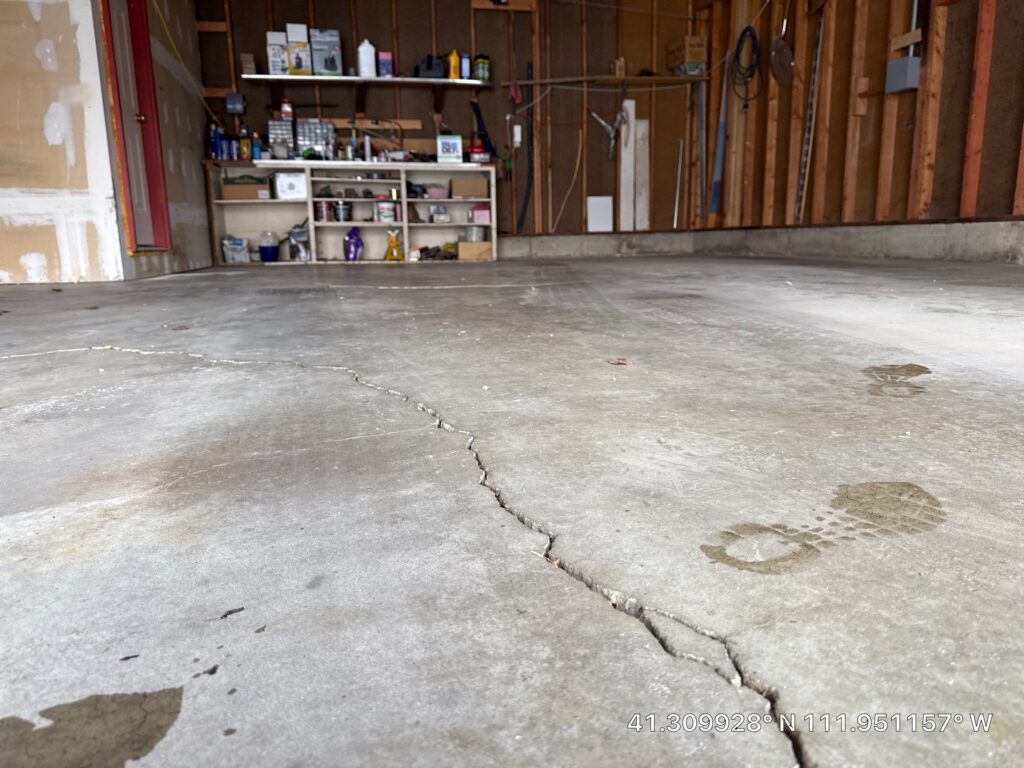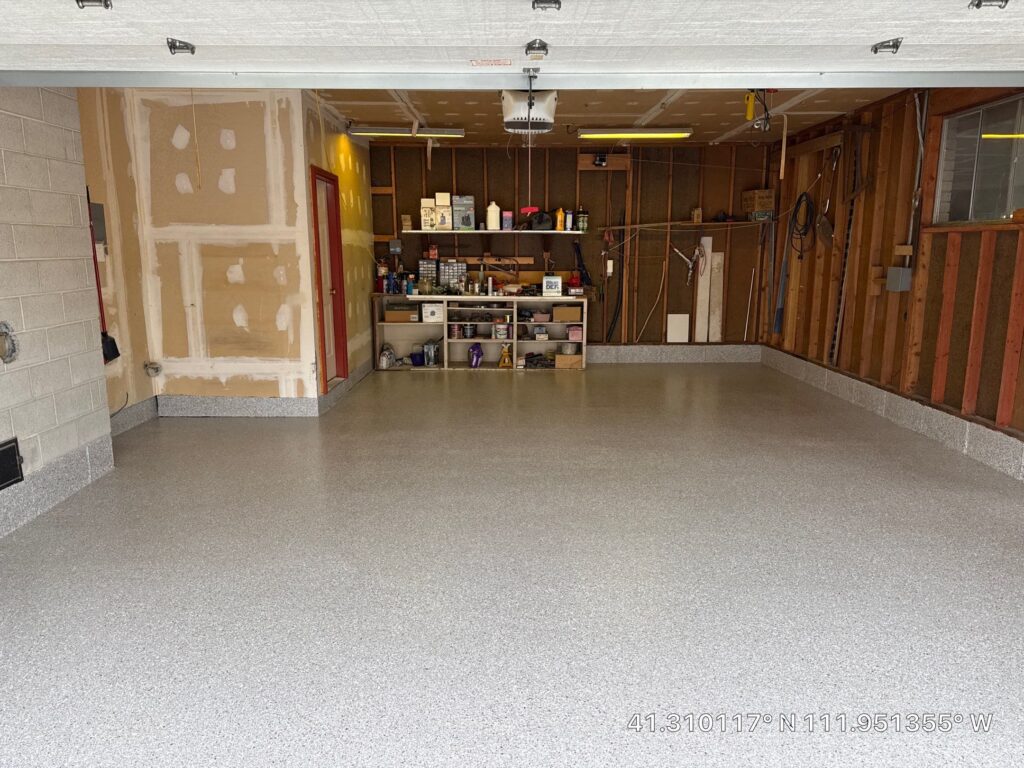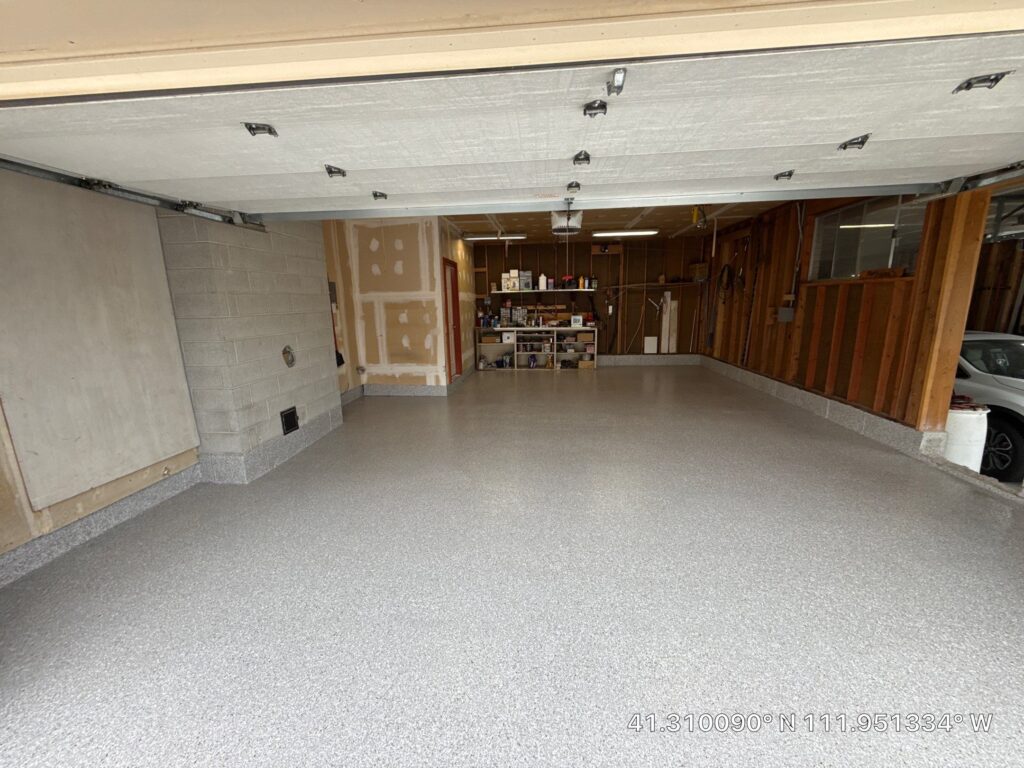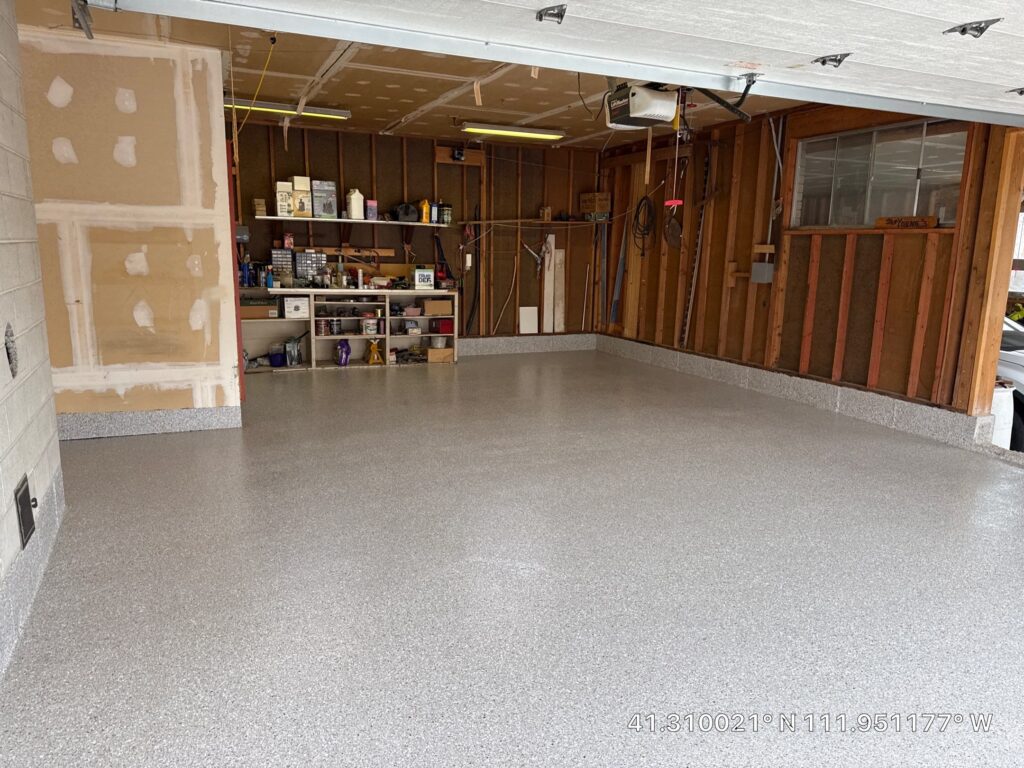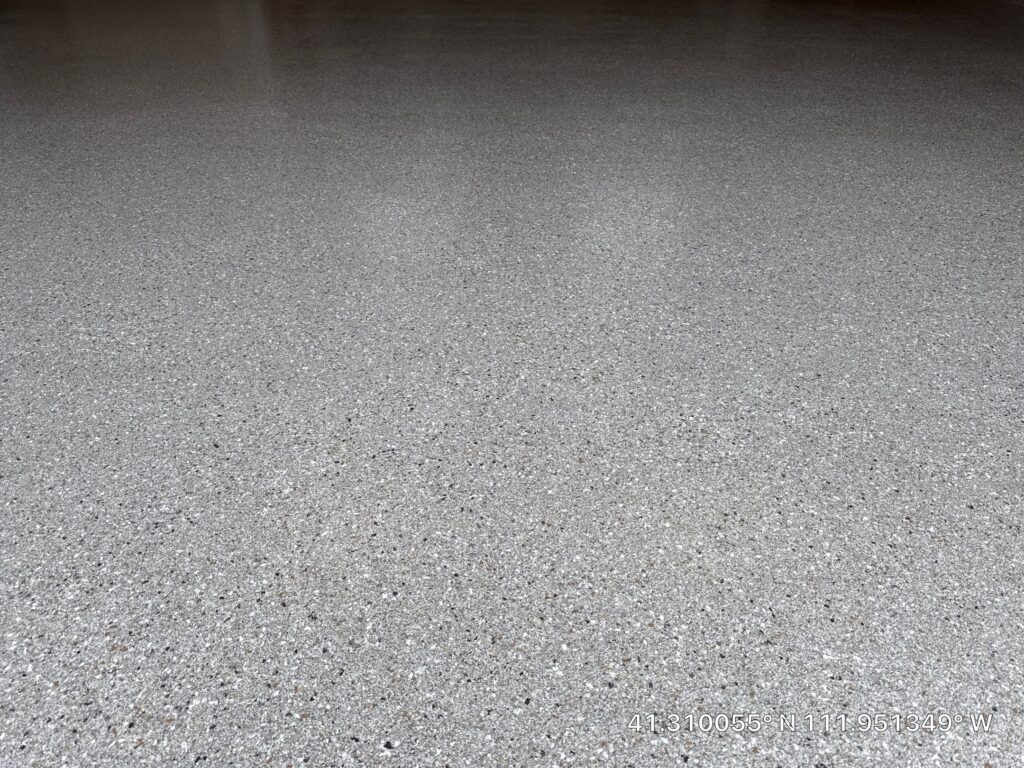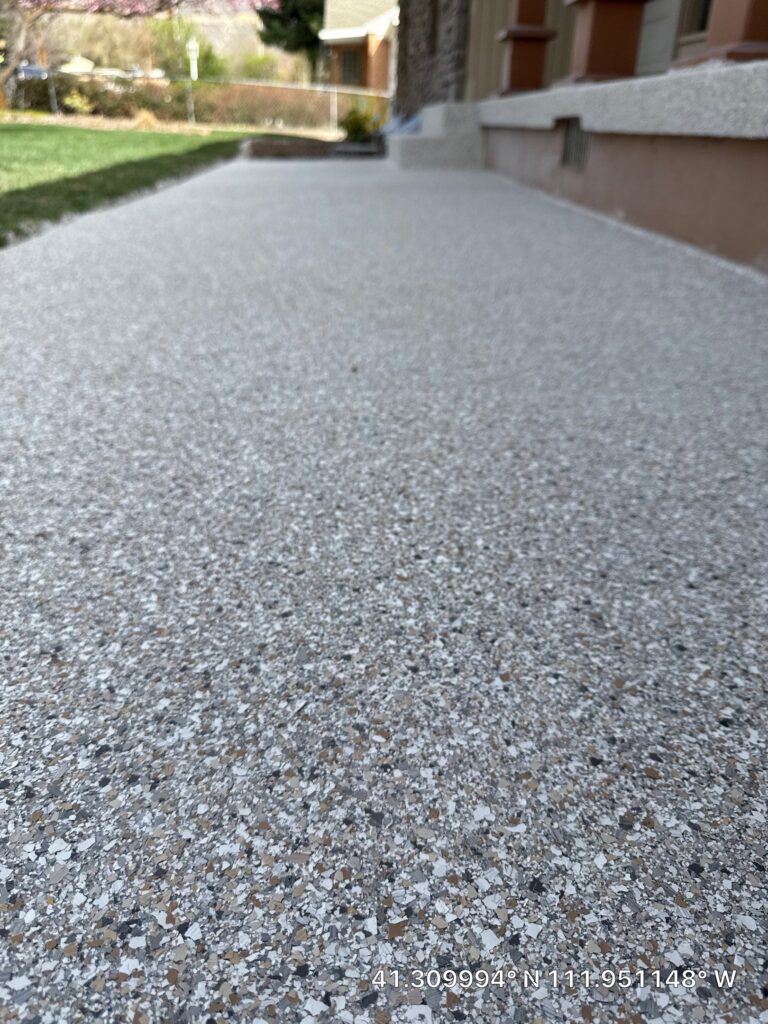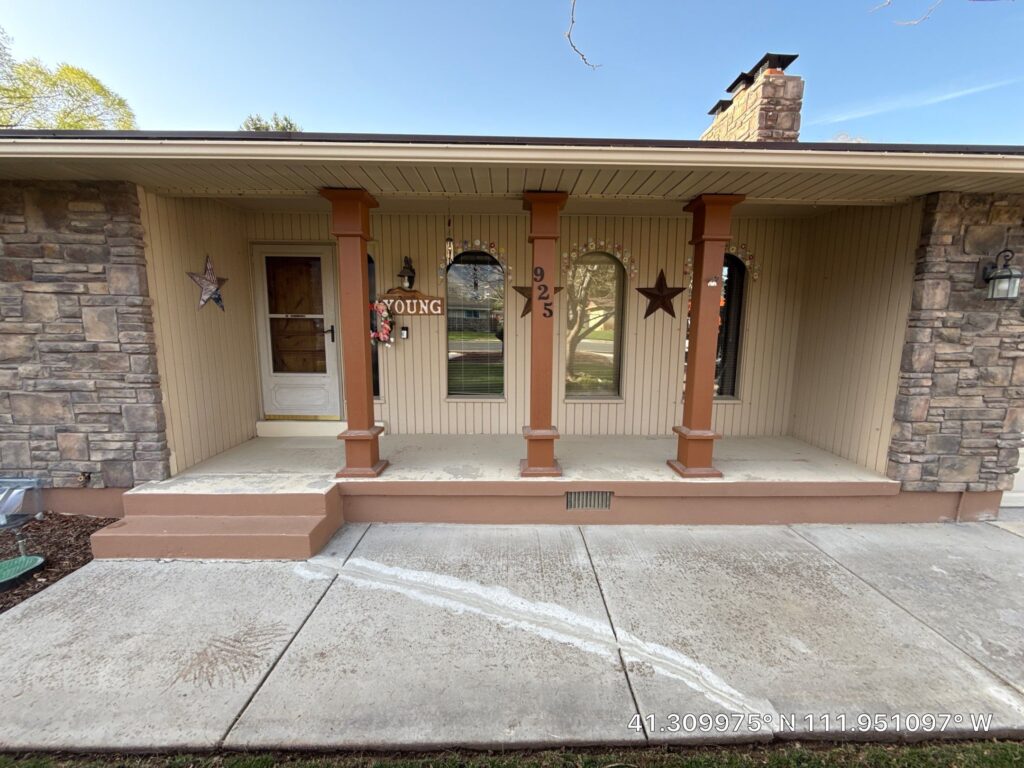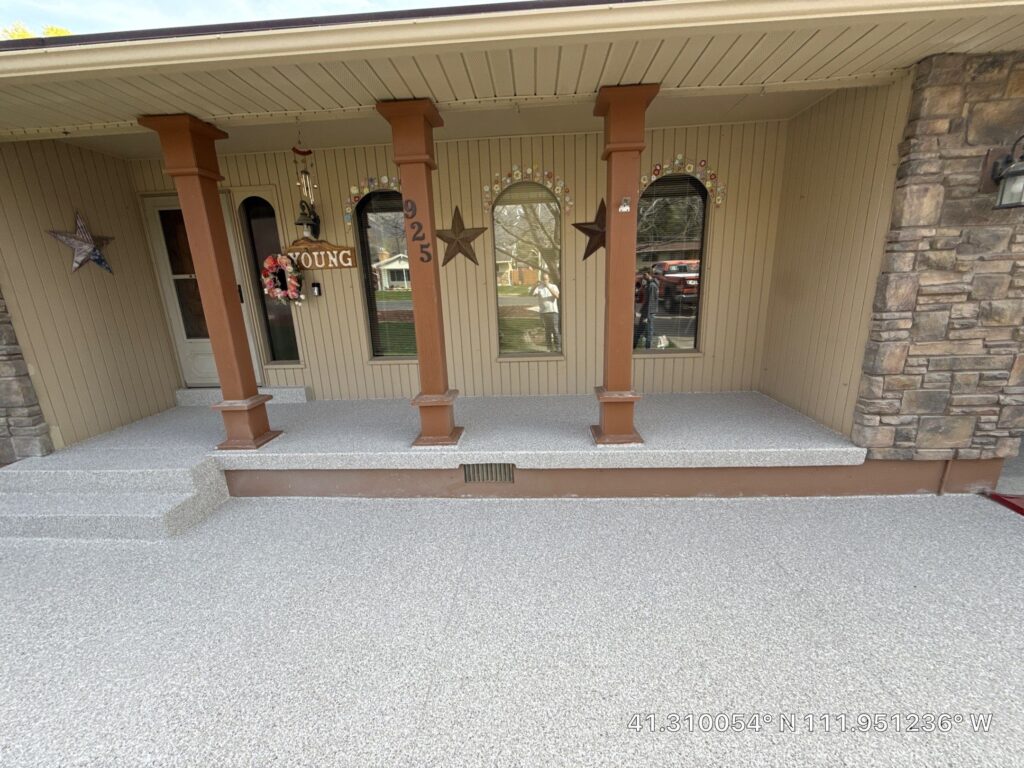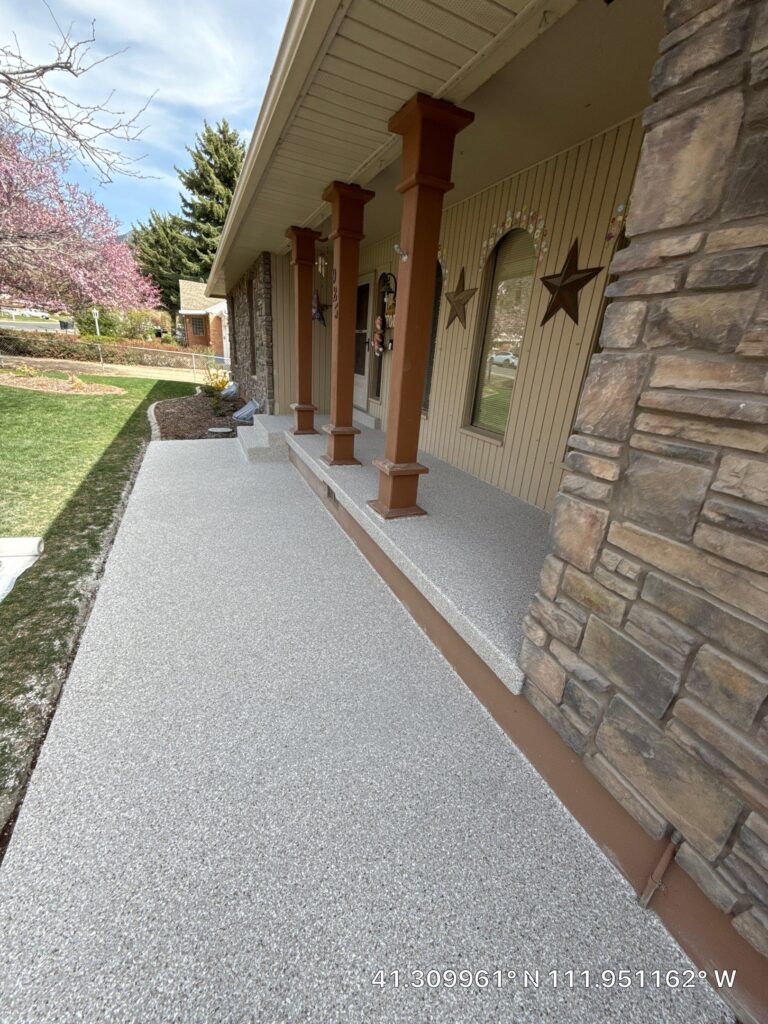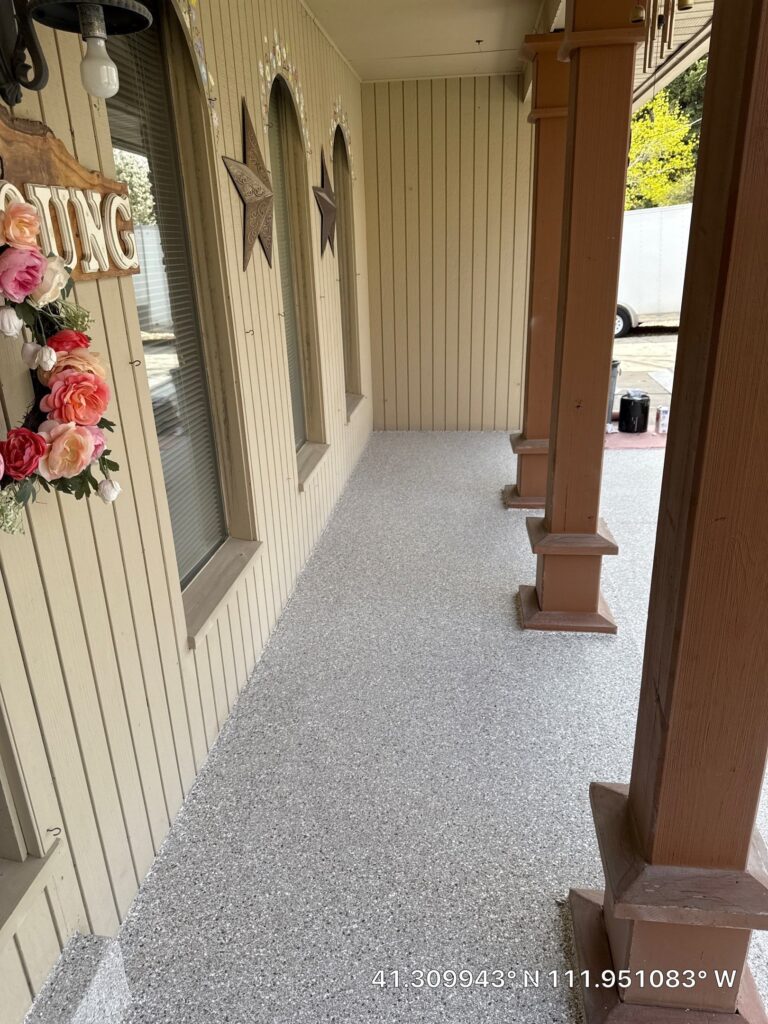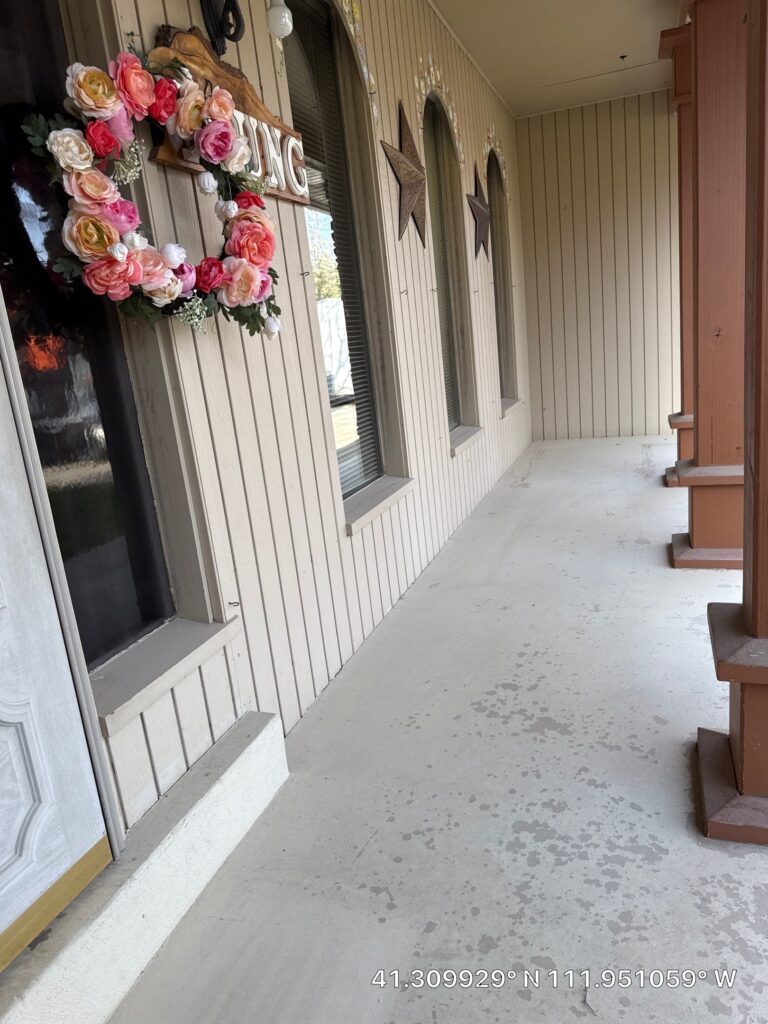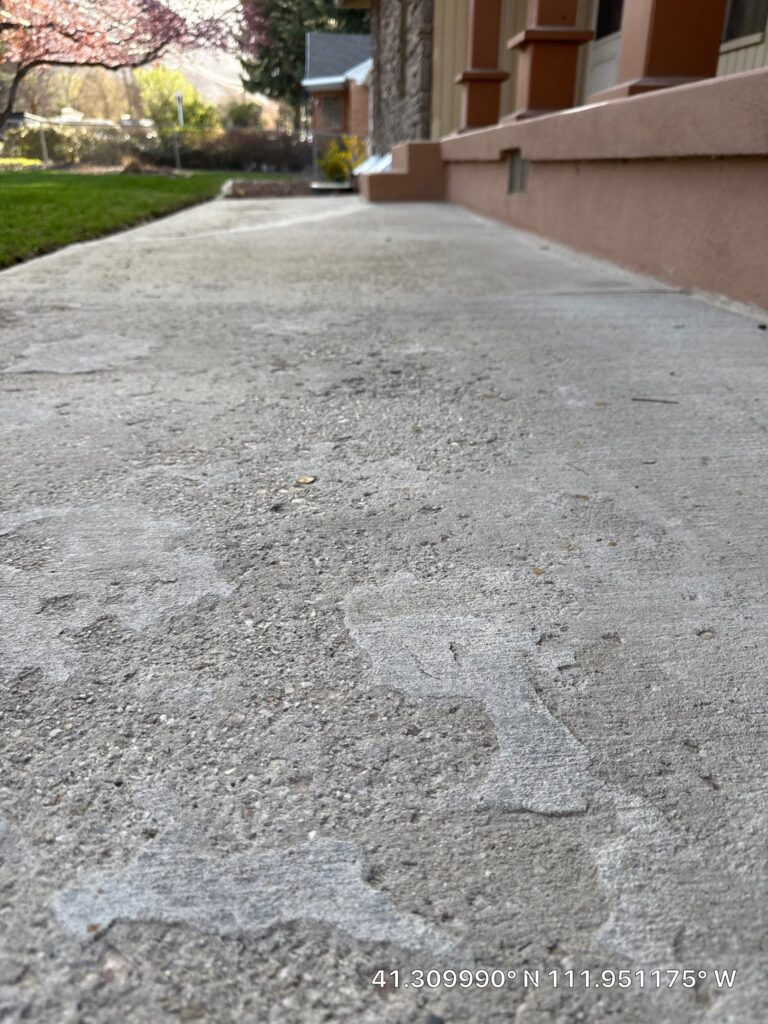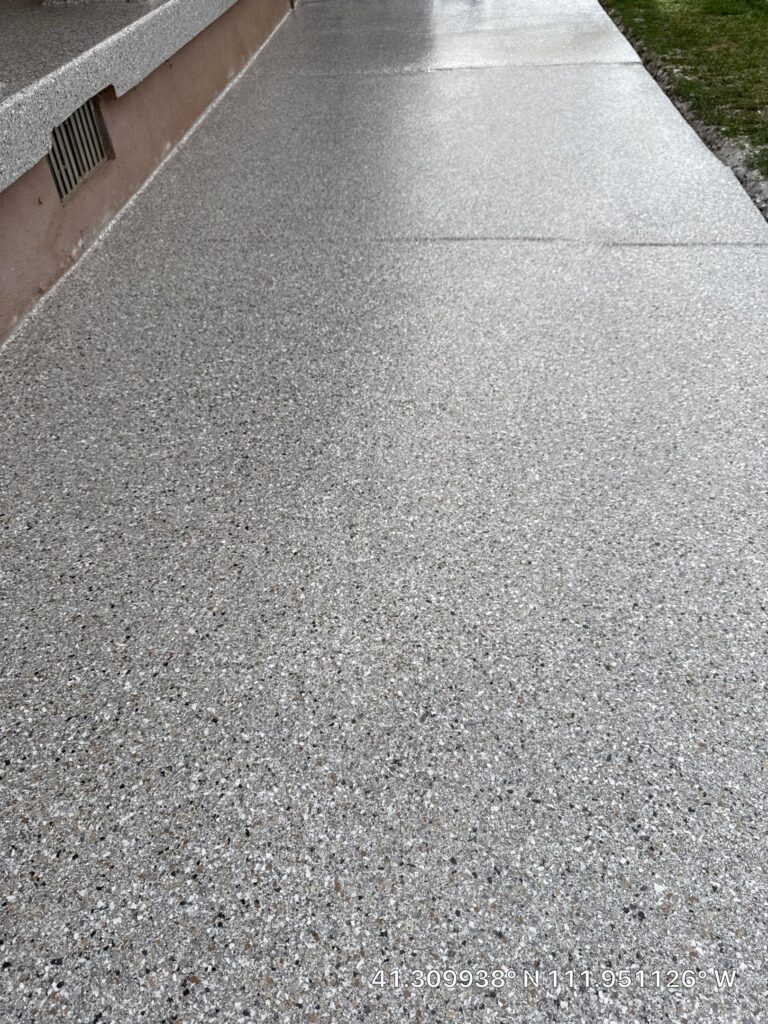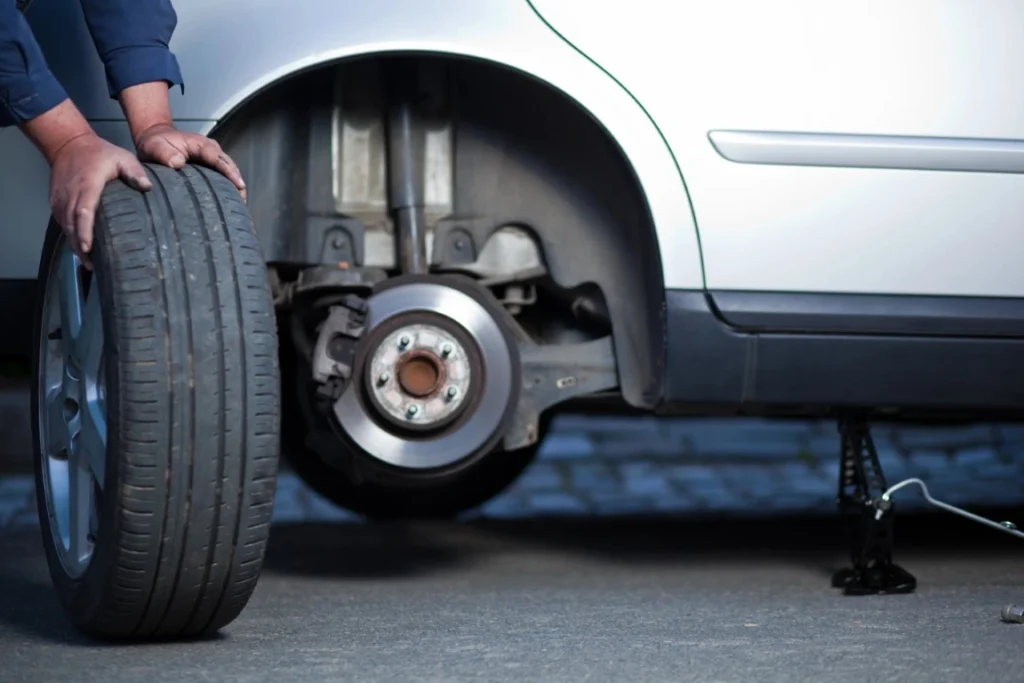
Making upgrades to your autobody shop is about so much more than the space’s aesthetics. You want to ensure your property is a safe, sanitary place for everyone who visits, but especially for your employees. When it comes to investing in your property’s safety, there is one thing that often goes overlooked: your floors.
This hard-to-avoid surface sees a great deal of wear and tear throughout the day, and the flooring you choose can make or break the space. If you’re looking for the highest quality flooring option to upgrade the appearance, safety, and sanitation of your autobody shop, a floor coating may be the perfect solution.
If you want to learn more about the benefits of investing in a floor coating for your autobody shop, keep reading.
1. Easy Cleanup
The floors in your autobody shop are exposed to a great deal of chemicals throughout the day. Sometimes, spills happen, and you’ll have to deal with oil or grease spots on your floors. The last thing you want to deal with is difficult-to-clean floors. When you choose to install an epoxy or Polyaspartic floor coating, you can trust that clean-up will be a breeze.
These floors create the perfect barrier, preventing potential spills from absorbing into the more porous concrete surface. When facing a spill, you simply need to soak up any remaining liquid and mop the floor to prevent residue from drying on the surface. On top of that, these floors are stain-resistant, helping you maintain the appearance of the space.
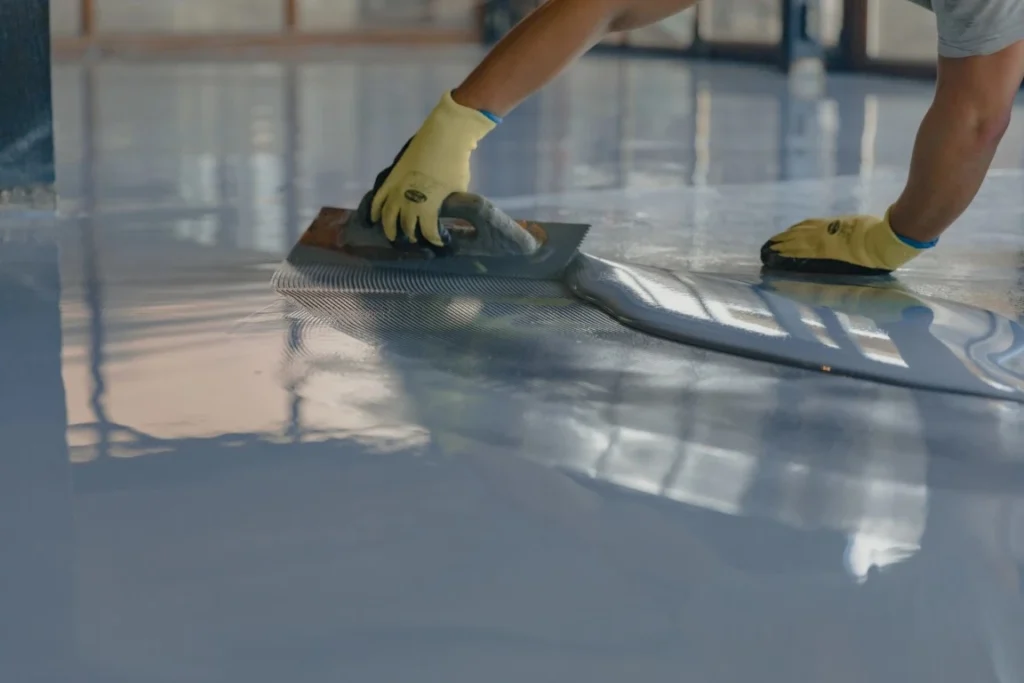
2. Withstand Heavy Equipment
In addition to regular chemical exposure, your autobody shop is home to a great deal of heavy equipment. Cranes, lifts, and toolboxes put a lot of pressure on your concrete floors, especially if untreated. However, when you install a floor coating in your shop, you can trust that it is designed to withstand this increased weight.
Unlike some other flooring materials, you won’t have to worry about this equipment damaging your coating. They are far more resilient than other options, making them the best choice for any shop that sees a constant flow of cars or plans to expand its facilities to serve more drivers in the area.
3. Increased Employee Safety
One of the most important parts of running an autobody shop is ensuring every employee who steps into the shop is safe from the start to the end of their shift. Even one minor accident can shake the confidence of your entire crew and may put off any upcoming work, leading to slower-than-normal turnaround times.
When you install a floor coating in your autobody shop, you can trust that these floors create a safer environment for your employees. Before installation, you can talk to your floor coating provider about whether they have non-slip additives, ensuring your employees are safe from potential slip-and-fall incidents while on the clock.
4. Cost-Effective Flooring Option
When it comes to investing in flooring for your autobody shop, many of the available options can be a hefty financial investment. While these flooring options are often designed to last, they may not have a significant enough lifespan to make it worthwhile for you. However, when you install a floor coating, you can trust that they’re the best investment in your space.
The price of your floor coating will vary depending on the material used. However, they are often anywhere from $5 to $7 per square foot. While this may be a more significant upfront investment than you expect, the anticipated 20-year lifespan makes it well worth the time and money spent on installation.
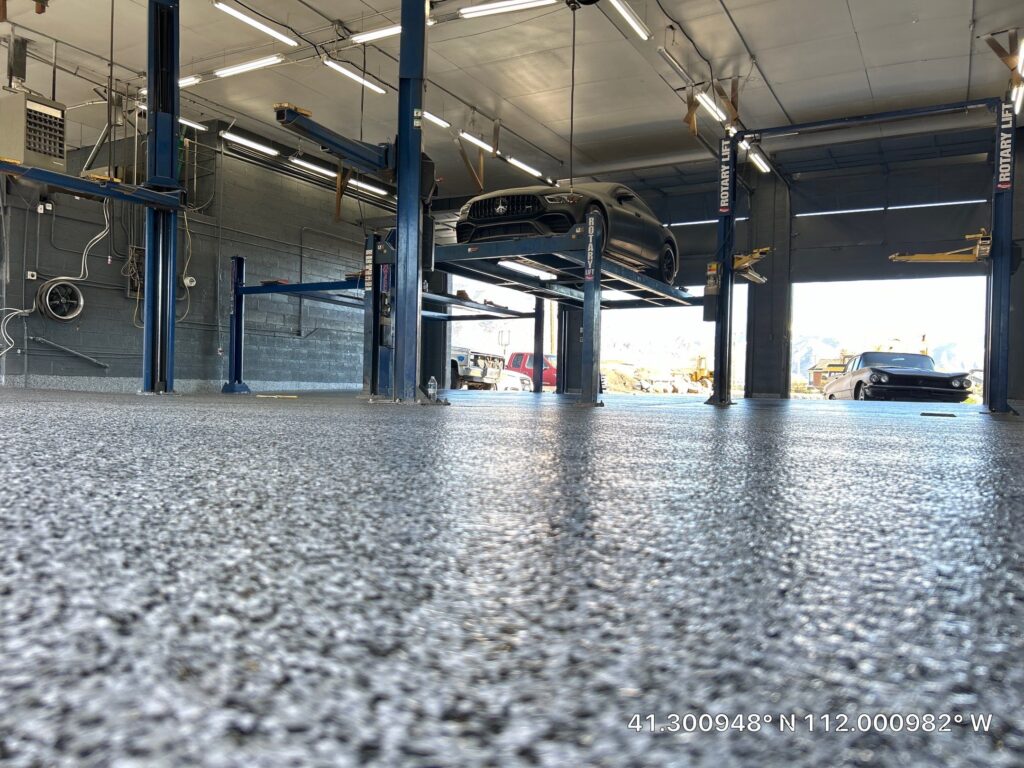
5. Quick Installation
While your autobody shop may need new flooring, you might not have a great deal of time to invest in this project. Some flooring options can be incredibly difficult to install, requiring you to shut down your property for several days to ensure the job is done properly. However, when you invest in a Polyaspartic floor coating, this isn’t a concern.
This more advanced coating option is renowned for its 24-hour turnaround. Your floor coating provider can patch your floors and install the coating quickly, ensuring you can return to regular use of the space in just one day. This quick turnaround means you can continue to serve your community without significant delays.
6. Chemical Resistant
As mentioned above, the floors in your autobody shop are exposed to a constant flow of chemicals. Whether you’ve accidentally spilled or a car comes in with an unidentifiable leak, this constant exposure to chemicals poses a significant risk to many flooring options, including untreated concrete floors.
However, when you have a floor coating installed on your property, you can trust that this flooring is strong enough to stand up to it all. Some flooring options are worn down by constant exposure, but floor coatings are strong enough to avoid tarnishing, ensuring your property always looks its best.
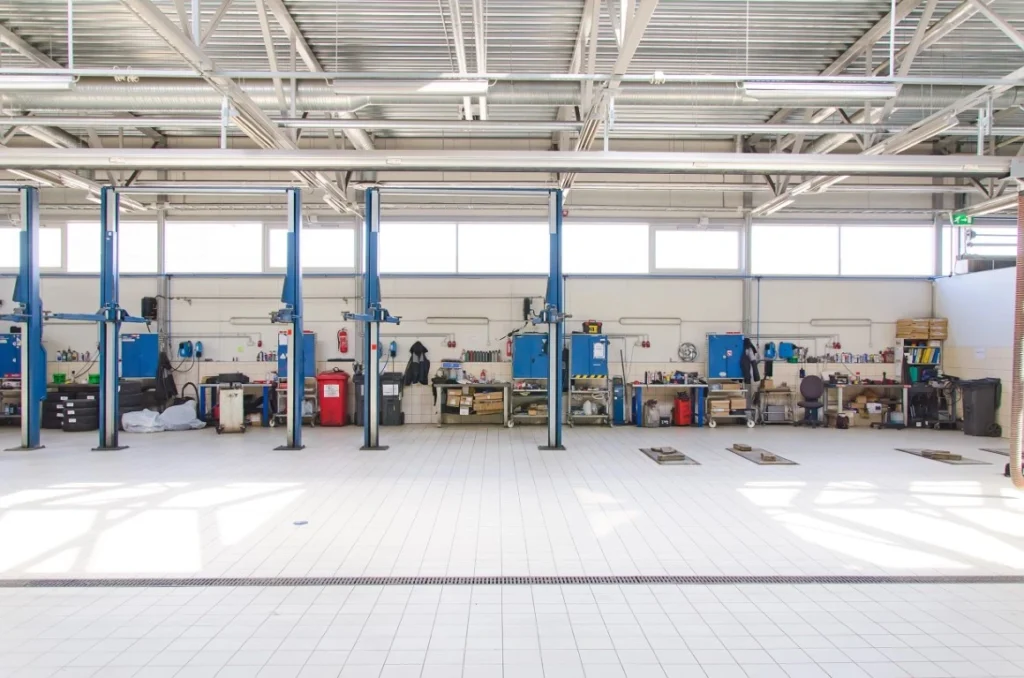
The Best Floor Coatings in Ogden for Your Autobody Shop
When it comes to investing in a floor coating for your autobody shop, it’s essential to work with a team that has the training, tools, and experience to get the job done right. If you’re looking for a reliable floor coating professional in the Ogden area, turn to our team of experts at Solid Garage Floor Coatings of Utah.
With years of experience, extensive training, and access to the best products on the market, we’re confident that our floor coatings are the perfect addition to every autobody shop on the Wasatch Front. If you’re on the fence about a floor coating, we can provide advice to ensure you get the best flooring for your space’s needs.
If you’d like to install a high-quality floor coating in your autobody shop or have questions about our products, contact us today.


